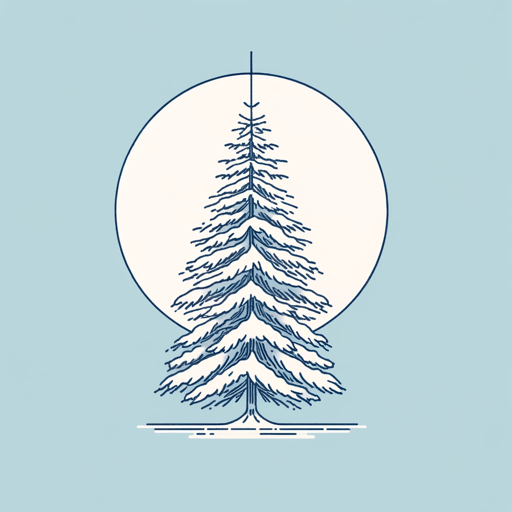52 pages • 1 hour read
Leo TolstoyMaster and Man
Fiction | Short Story | Adult | Published in 1895A modern alternative to SparkNotes and CliffsNotes, SuperSummary offers high-quality Study Guides with detailed chapter summaries and analysis of major themes, characters, and more. For select classroom titles, we also provide Teaching Guides with discussion and quiz questions to prompt student engagement.
Symbols & Motifs
Animals
Almost central enough to the story to be considered a third character, the horse Mukhorty is one of several animals that express themes of work, servitude, and nature. In the description of Nikita as one living “in touch with nature and having known want,” the meanings of the natural world and deprivation are entwined (489). Thus, Mukhorty bears his burden as a domesticated horse with the same resignation of Nikita, both of them breaking the wind for Brekhunov at the beginning of their journey. Domesticated rather than wild animals populate the story, with the exception of the wolf that Brekhunov sees during the night, underscoring the moral quality that can be learned from animals within rather than apart from civilization. Fully cognizant of human relationships, Mukhorty responds to Nikita’s attempts to comfort him, “as if not to pain Nikita by refusing his offer of the straw […] he hurriedly snatched a wisp […] but immediately decided that it was no now time to think of straw” (482).
The other animals Nikita converses with in the barn at Grishkino are endowed with symbolic meaning by Petrushka, who quotes from a fable to relate each animal sound to guest visits—dangerous when the cock crows, etc.
Related Titles
By Leo Tolstoy
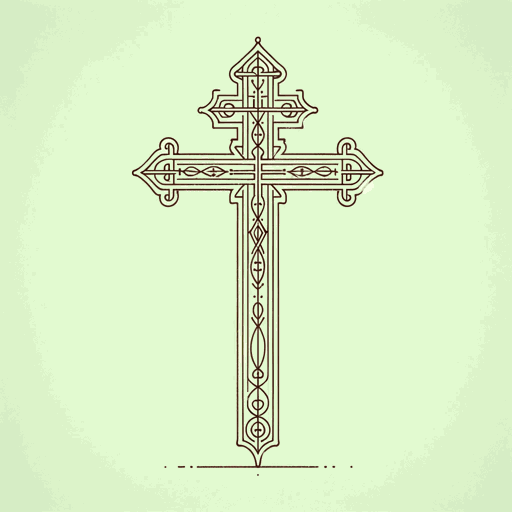
A Confession
Leo Tolstoy
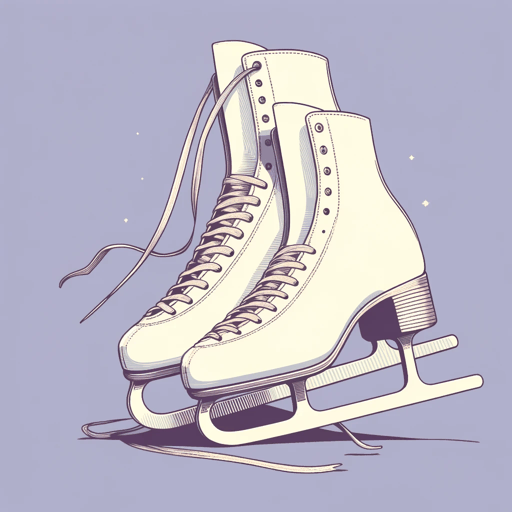
Anna Karenina
Leo Tolstoy
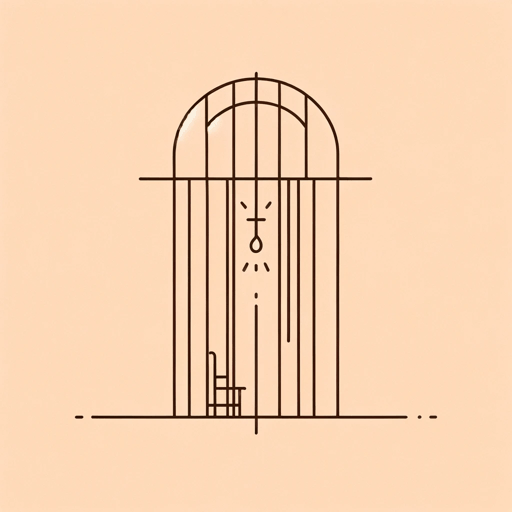
God Sees the Truth, but Waits
Leo Tolstoy
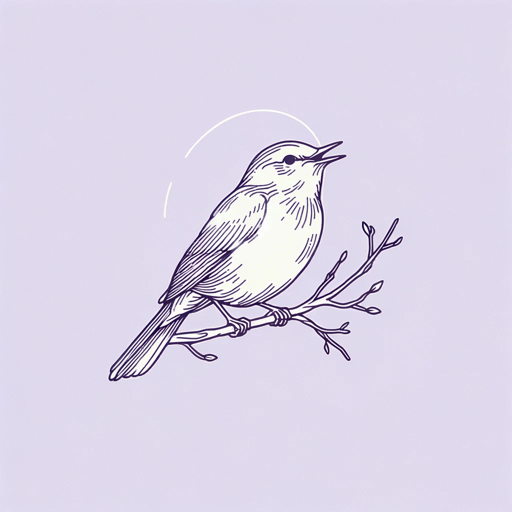
Hadji Murat
Leo Tolstoy
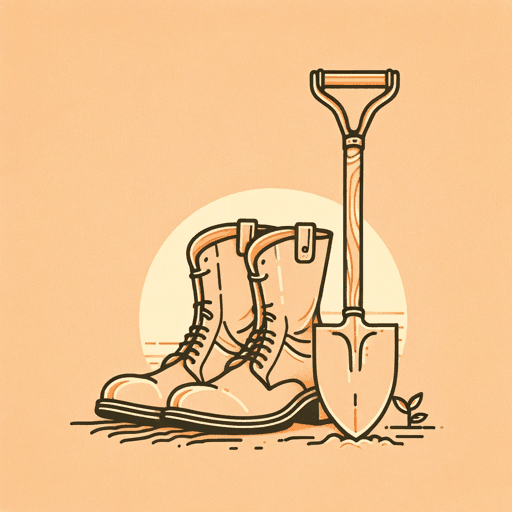
How Much Land Does a Man Need
Leo Tolstoy

The Cossacks
Leo Tolstoy
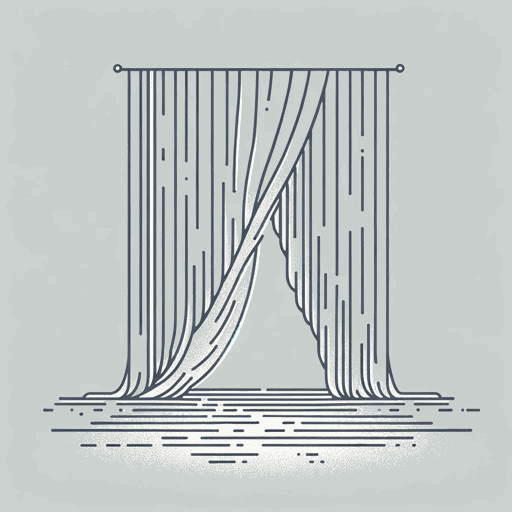
The Death of Ivan Ilyich
Leo Tolstoy
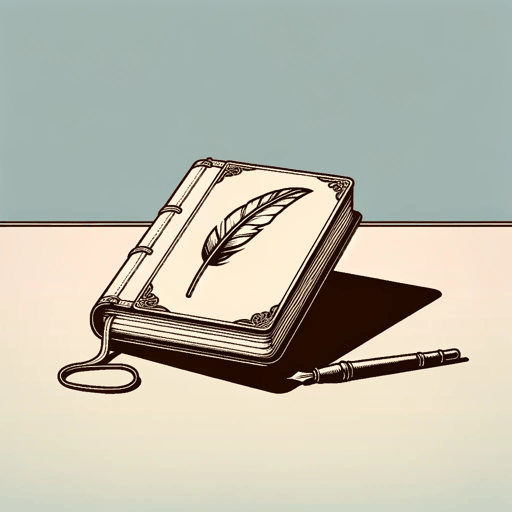
The Kreutzer Sonata
Leo Tolstoy
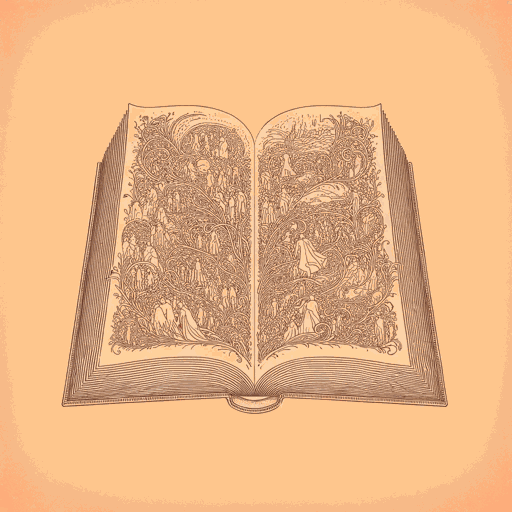
War and Peace
Leo Tolstoy
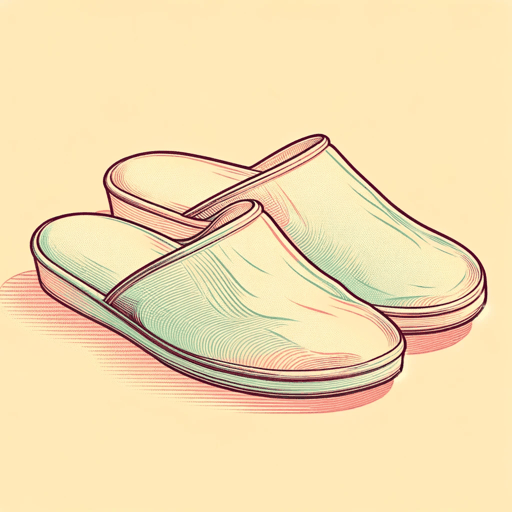
What Men Live By
Leo Tolstoy
